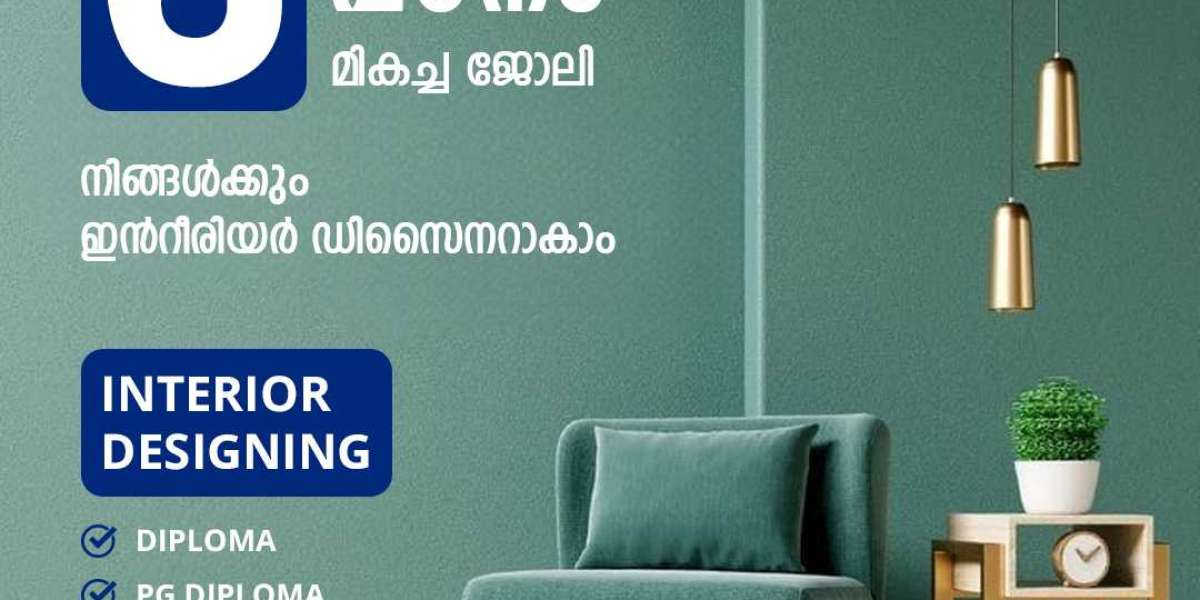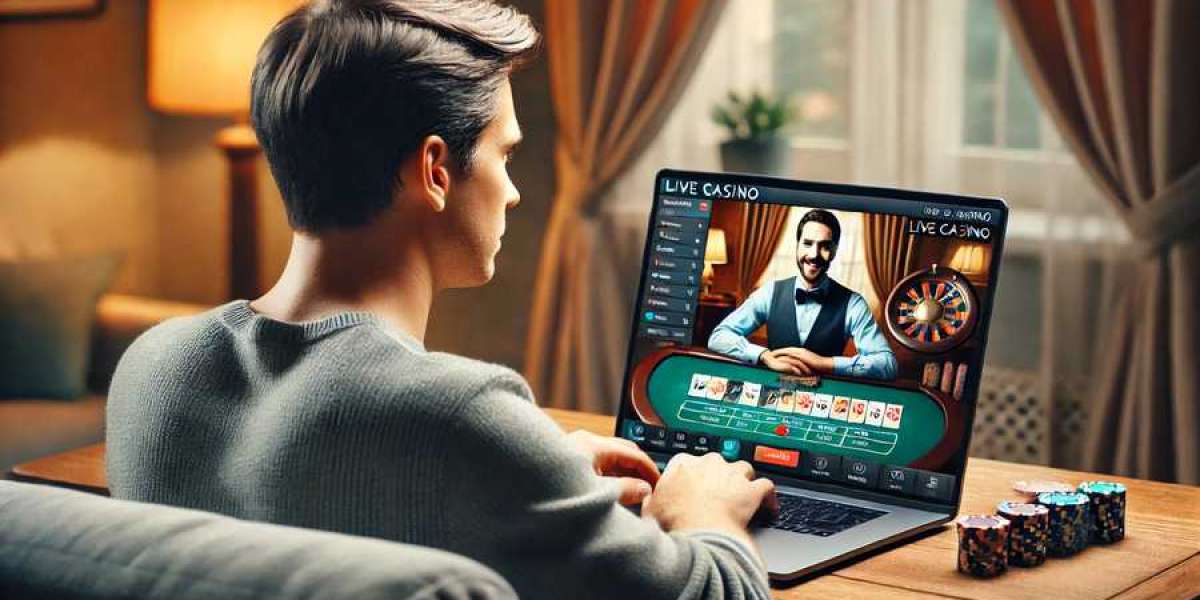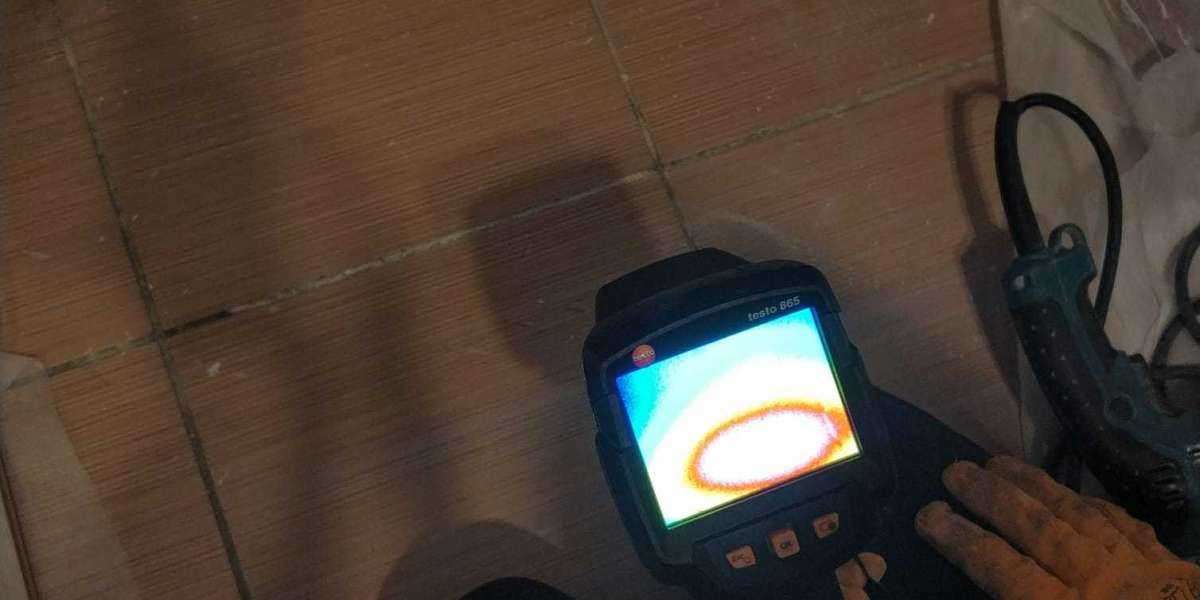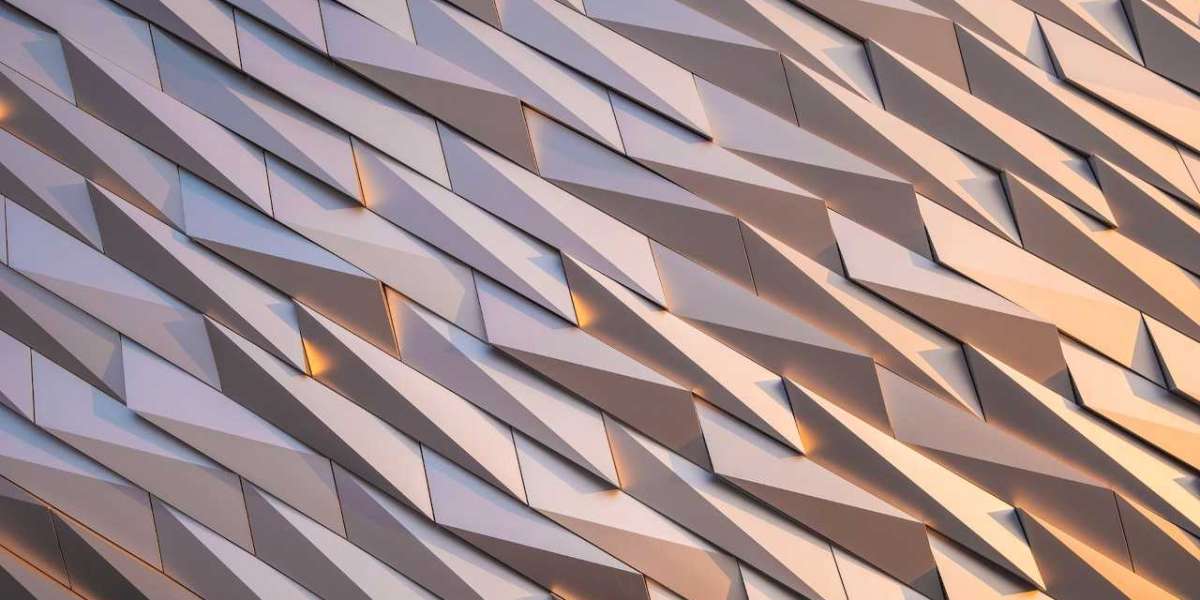Luxury decor has traditionally been associated with opulence, fine materials, and aesthetic appeal. Today, however, the definition of luxury is shifting to embrace sustainability as a core value. As eco-consciousness grows among homeowners and designers alike, sustainable practices are becoming central to luxury decor, redefining what it means to create a truly elegant and responsible space. For interior design students, especially those pursuing an interior designing course in Kerala or an interior designing course in Kochi, understanding this modern approach to luxury decor is essential. Schools like the Blitz School of Interior Designing are incorporating sustainable principles into their curricula, ensuring that the next generation of designers is equipped to meet the demands of a greener, more sustainable world.
- Sustainable Materials: The New Standard of Elegance
The use of sustainable, ethically sourced materials is at the heart of modern luxury decor. Traditional luxury materials, such as rare woods and precious stones, are being replaced or supplemented with environmentally friendly options like reclaimed wood, bamboo, recycled metal, and ethically sourced marble. These materials reduce environmental impact while delivering unique textures and appearances, adding character to high-end designs. In an interior designing course in Kerala, students learn to identify and select sustainable materials, preparing them to create designs that respect natural resources and appeal to eco-conscious clients.
- Craftsmanship and the Art of Longevity
True luxury is no longer defined by fleeting trends, but by enduring design. Handcrafted, locally sourced pieces are seen as luxurious because of their unique quality and the skill involved in creating them. This focus on craftsmanship promotes longevity, as well-made items are designed to last for generations. At institutions like the Blitz School of Interior Designing in Kochi, students are taught to appreciate the artistry of durable pieces and to choose items with long-lasting materials and timeless designs that support sustainable luxury.
- Energy-Efficient Lighting and Design
Modern luxury decor increasingly emphasizes energy efficiency without compromising on aesthetics. For instance, smart lighting solutions and LED fixtures, which consume less energy than traditional bulbs, are becoming staples in high-end design. Designers use lighting that can be customized to suit the mood of a room, while automated systems ensure lights are only used when necessary, contributing to energy conservation. This approach to luxury design is part of the curriculum at the Blitz School of Interior Designing, where students learn to incorporate energy-efficient technologies into their projects.
- Low-Impact, Eco-Friendly Fabrics and Textiles
Textiles have a significant impact on a space’s aesthetic, and selecting eco-friendly fabrics has become integral to sustainable luxury decor. Organic cotton, linen, hemp, and recycled polyester are increasingly replacing synthetic materials in luxury settings, as they require less water, fewer chemicals, and produce less waste. Students enrolled in an interior designing course in Kerala or Kochi learn about sourcing low-impact textiles and are encouraged to consider the environmental footprint of each design choice. This knowledge enables them to offer clients high-quality, stylish fabrics that align with sustainable values.
- Biophilic Design: Bringing Nature Indoors
Biophilic design, which integrates natural elements into indoor spaces, is gaining traction as a luxurious yet sustainable approach to interior decor. Living walls, indoor plants, natural stone, and large windows that maximize daylight create an atmosphere of luxury that promotes well-being and reduces artificial lighting needs. For students at the Blitz School of Interior Designing, studying biophilic principles prepares them to design in ways that not only look sophisticated but also foster a healthy environment that feels connected to nature.
- Water Conservation Fixtures in High-End Decor
Water conservation is a vital aspect of sustainable luxury, and designers are incorporating water-saving fixtures without sacrificing style. High-end faucets, showerheads, and toilets now feature advanced water-saving technology, such as low-flow or aerated systems, which reduce water usage while maintaining strong performance. For students in an interior designing course in Kochi, understanding the balance between aesthetics and function is essential, as they learn to recommend fixtures that satisfy luxury and eco-conscious standards alike.
- Eco-Friendly Paints and Finishes
Traditional paints and finishes often contain volatile organic compounds (VOCs) that can harm both indoor air quality and the environment. In sustainable luxury decor, eco-friendly paints, stains, and finishes made from natural, non-toxic ingredients are becoming the preferred choice. They ensure healthier indoor air while adding elegance to spaces without environmental harm. Courses at the Blitz School of Interior Designing emphasize the importance of low-VOC and eco-friendly finishes, teaching students to select products that align with high-end, health-conscious design standards.
Conclusion
The integration of sustainable practices is redefining luxury decor, emphasizing quality, longevity, and responsibility. For today’s interior designers, luxury is no longer solely about opulence but about creating spaces that honor both beauty and environmental sustainability. As demand for these practices grows, interior design students enrolled in an interior designing course in Kerala or at the Blitz School of Interior Designing in Kochi are uniquely positioned to lead this shift. By embracing sustainable principles, designers can meet the needs of clients who value eco-friendly, modern luxury, paving the way for a future where beauty and responsibility coexist harmoniously.








